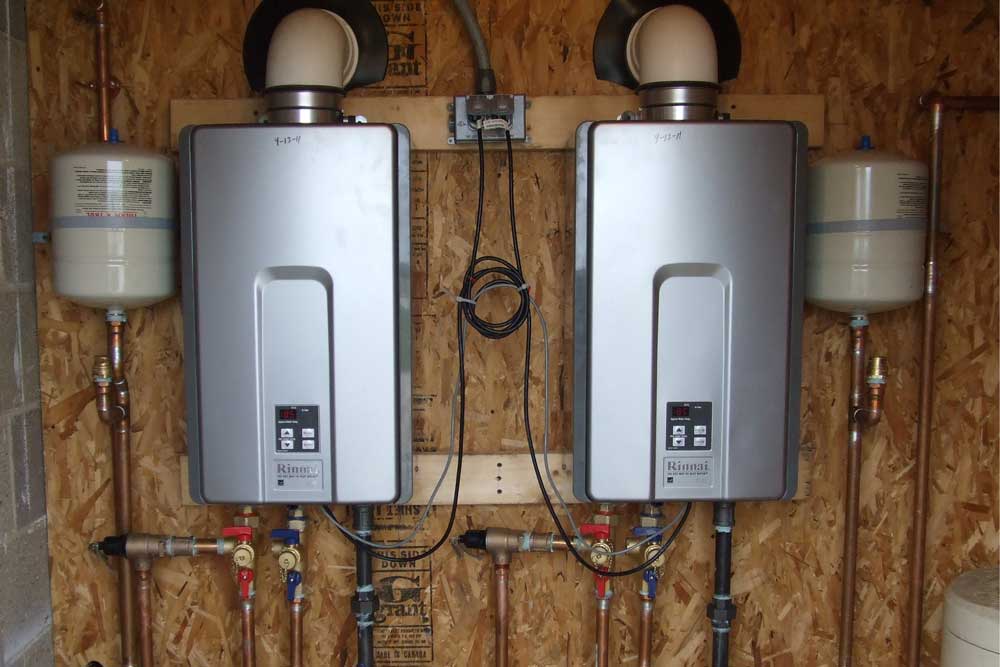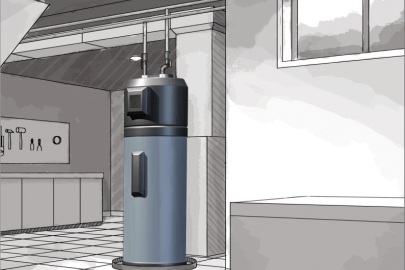Best Practices for Maintaining Your Home's Hot Water SystemStraightforward Ways to Maintain Your Home's Hot Water System ProperlyEffective Techniques for Caring for Your Home's Hot Water System
Best Practices for Maintaining Your Home's Hot Water SystemStraightforward Ways to Maintain Your Home's Hot Water System ProperlyEffective Techniques for Caring for Your Home's Hot Water System
Blog Article
Were you looking for information and facts concerning How to Maintain a Hot Water Heater in a Few Simple Steps?

Warm water is important for day-to-day comfort, whether it's for a revitalizing shower or cleaning meals. To guarantee your hot water system runs efficiently and lasts much longer, routine upkeep is vital. This short article gives functional suggestions and understandings on exactly how to keep your home's hot water system to avoid interruptions and pricey repairs.
Introduction
Maintaining your home's warm water system may appear complicated, but with a couple of easy actions, you can ensure it runs efficiently for several years to find. This guide covers whatever from recognizing your hot water system to DIY upkeep tips and recognizing when to employ professional assistance.
Importance of Keeping Your Warm Water System
Normal maintenance not only expands the lifespan of your hot water system yet additionally ensures it runs successfully. Disregarding upkeep can bring about reduced performance, higher energy bills, and also premature failure of the system.
Signs Your Warm Water System Requirements Maintenance
Understanding when your warm water system needs attention can avoid significant concerns. Keep an eye out for signs such as inconsistent water temperature, unusual sounds from the heating system, or corroded water.
Understanding Your Hot Water System
Before diving right into upkeep jobs, it's helpful to comprehend the fundamental elements of your warm water system. Typically, this includes the water heater itself, pipes, anode rods, and temperature controls.
Regular Monthly Upkeep Tasks
Normal monthly checks can help catch minor problems prior to they rise.
Purging the Hot Water Heater
Purging your hot water heater removes sediment build-up, improving performance and lengthening its life.
Monitoring and Changing Anode Rods
Anode poles stop rust inside the storage tank. Checking and replacing them when worn is vital.
Evaluating and Adjusting Temperature Setups
Readjusting the temperature level setups ensures ideal performance and safety and security.
DIY Tips for Maintenance
You can perform a number of upkeep tasks on your own to keep your hot water system in top condition.
Looking for Leakages
On a regular basis evaluate pipes and connections for leakages, as these can result in water damages and higher costs.
Examining Stress Relief Valves
Checking the pressure relief valve ensures it functions correctly and avoids extreme stress build-up.
Insulating Pipes
Protecting hot water pipes lowers heat loss and can conserve energy.
When to Call a Professional
While do it yourself maintenance is helpful, some problems require expert experience.
Complex Concerns Needing Professional Help
Instances include major leaks, electrical troubles, or if your hot water heater is continually underperforming.
Routine Specialist Upkeep Benefits
Professional maintenance can include thorough examinations, tune-ups, and ensuring conformity with safety and security criteria.
Conclusion
Normal upkeep of your home's warm water system is necessary for effectiveness, longevity, and price savings. By following these tips and understanding when to look for professional assistance, you can ensure a dependable supply of hot water without unanticipated interruptions.
How to Maintain an Instant Hot Water Heater
Before tinkering with your hot water heater, make sure that it’s not powered on. You also have to turn off the main circuit breaker and shut off the main gas line to prevent accidents. Also turn off the water valves connected to your unit to prevent water from flowing into and out of the appliance. 2. When you’re done, you have to detach the purge valves’ caps. These look like the letter “T” and are situated on either side of the water valves. Doing so will release any pressure that has accumulated inside the valves while at the same time avoid hot water from shooting out and burning your skin. 3. When the purge valves’ caps are removed, you have to connect your hosing lines to the valves. Your unit should have come with three hoses but if it didn’t, you can purchase these things from any hardware or home repair shops. You can also get them from retail stores that sell water heating systems. Read the user’s manual and follow it to complete this task properly. When the hosing lines are connected, open the purge port’s valves. 4. You should never use harsh chemical cleaners or solutions when cleaning your unit. Make use of white vinegar instead. It should be undiluted and you’ll probably use about 2 gallons. 5. Now flush your water heater. This task should probably take about 40 minutes. We can’t give you specific directions for this because the procedure is carried out depending on the type, model and brand of your heater. With that being said, refer to the user’s manual. 6. When you’re done draining the unit, you have to turn off the purge port valves again. Remove the hosing lines that you earlier installed on each of the water valves. Put the valve caps (purge port) back in their respective places and be very careful so as not to damage the rubber discs that are found inside these caps. 7. Now that everything’s back in place, check your user’s manual again to find out how to reactivate your water heating system. 8. Once it is working, turn one of your hot water faucets on just to let air pass through the heater’s water supply pipes. Leave the tap on until water flows smoothly out of it. https://www.orrplumbing.com/blog/2014/september/how-to-maintain-an-instant-hot-water-heater/

Do you like reading about How to Maintain a Hot Water Heater in a Few Simple Steps? Try leaving a short review directly below. We'd be happy to see your ideas about this page. Hoping that you visit us again in the near future. Enjoyed our write up? Please share it. Let others find it. Thank you for being here. Don't forget to come by our blog back soon.
Appointment Report this page